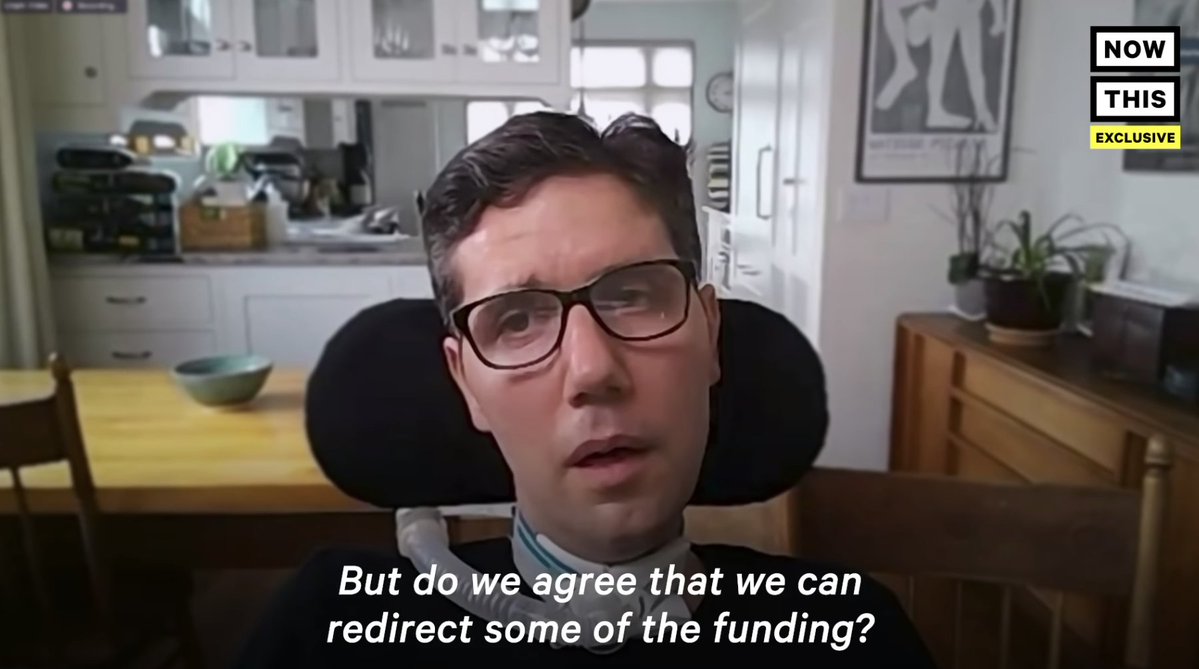(Might be worse than ghosts tbh)
Cheap fakes are here.
GOP officials shared a series of easily altered, misleading videos targeting @JoeBiden. Let’s check them out and talk about how to avoid falling victim to misinformation:
Cheap fakes are here.
GOP officials shared a series of easily altered, misleading videos targeting @JoeBiden. Let’s check them out and talk about how to avoid falling victim to misinformation:

White House social media director @DanScavino shared a video of Biden falling asleep during a local TV interview… that never happened.
Here’s the local TV interview the video really came from:
Here’s the local TV interview the video really came from:
https://twitter.com/JohnDabkovich/status/1300421394895794177
The video of Biden (from an interview with Hillary Clinton) was placed over the original interviewee’s image to make it look like the VP dozed off. Snores were added too *sigh*
A bunch of fact-checkers called out the clip. Here’s what Reuters wrote:
reuters.com/article/uk-fac…
A bunch of fact-checkers called out the clip. Here’s what Reuters wrote:
reuters.com/article/uk-fac…
GOP Rep. Steve Scalise shared a clip of progressive activist Ady Barkan asking Biden if “we can redirect some of the funding for police.”
But Barkan, who has ALS and uses an artificial voice, didn’t say that - the words “for police” were spliced in.

But Barkan, who has ALS and uses an artificial voice, didn’t say that - the words “for police” were spliced in.


Biden replies “yes” to the altered question. He’s said he wants reform, but opposes defunding the police, so @PolitiFact rated this cheap fake “Pants on Fire.”
Here’s what Barkan had to say about his computerized voice being used to push misinfo:
washingtonpost.com/opinions/2020/…
Here’s what Barkan had to say about his computerized voice being used to push misinfo:
washingtonpost.com/opinions/2020/…
Then, the @TrumpWarRoom tweeted a video of the former VP saying “You won’t be safe in Joe Biden’s America.”
They edited out the part where Biden said that line is the message of the Trump campaign. The basic crop took the quote way out of context.
They edited out the part where Biden said that line is the message of the Trump campaign. The basic crop took the quote way out of context.
Cheap fakes are tricky because they’re easy to make and hard to spot. But they’re here to stay - for this election and beyond.
So how can you avoid spreading them? Pretty easy: stop before you share - peep the replies, web search it, give it a critical look yourself… slow down.
So how can you avoid spreading them? Pretty easy: stop before you share - peep the replies, web search it, give it a critical look yourself… slow down.
Watch out for misinfo from both parties - we sure will!
Spreading lies is uncool, fr. Don’t do it by accident! You’re smart enough to catch cheap fakes, and you protect others when you do.
So, will you check questionable content before you share it? Please? Pretty please?🥺??
Spreading lies is uncool, fr. Don’t do it by accident! You’re smart enough to catch cheap fakes, and you protect others when you do.
So, will you check questionable content before you share it? Please? Pretty please?🥺??
Credit on this one to @daveweigel, who called the switch up out here.
https://twitter.com/daveweigel/status/1300075359929544705
• • •
Missing some Tweet in this thread? You can try to
force a refresh









